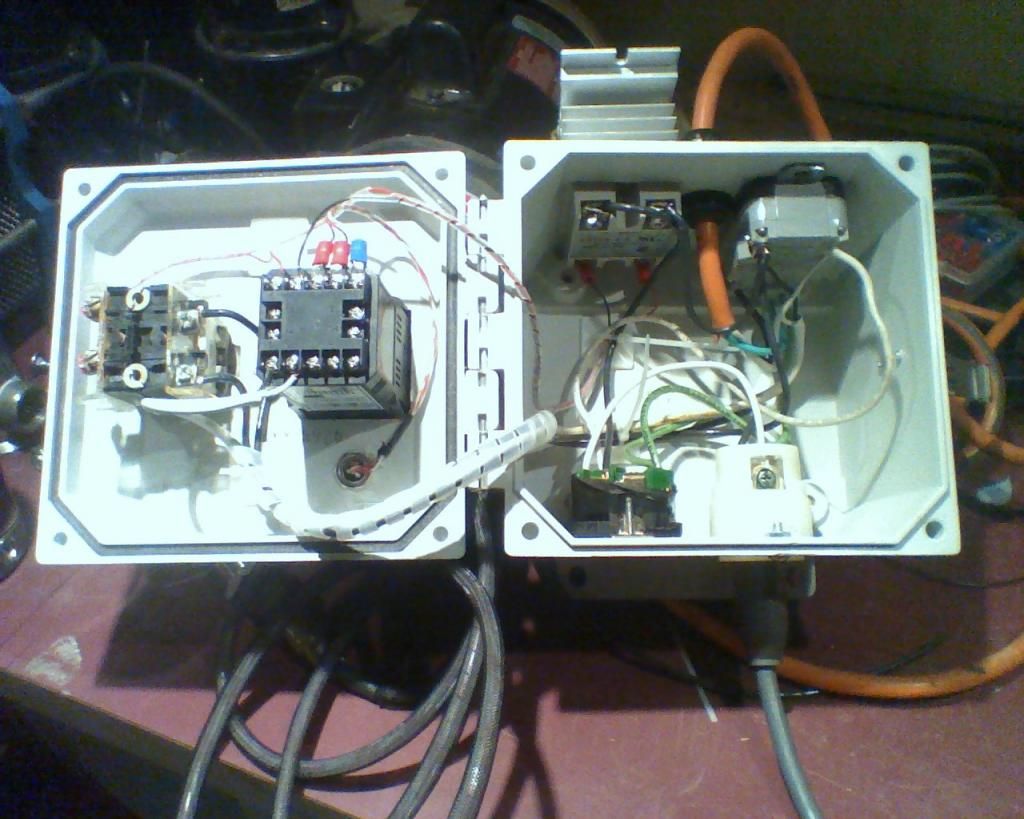l8nightcaffeine
Member
- Joined
- Aug 9, 2014
- Messages
- 7
- Reaction score
- 0
I live in a small apartment and so never saw the giant controllers with knobs and lights very realistic (although they do look pretty damn cool). I also wanted a controller that was flexible (with home brewing / coffee roasting / and Sous Vide in mind). I wanted it to be a comfortable size for the counter top, and finally, I want it to be future proof for home brewing by supporting a 3 vessel system.
The analog to digital board I am using has the ability to read 8 inputs but I couldn't imagine needing more then 4...so I got 6 connectors.:rockin:
I have not ordered a screen (and probably wont until I have a beta version working) but cut a piece of paper for the size of screen I am planning on, just to mockup how it looks.
sticking with the idea of having this look semi-normal on a counter top. I didn't want a heat sink sticking out so I had to grind the solid state relay heat sinks a little skinner to get them to fit. I plan on adding a fan and vents to keep them cool, and realistically if I was worried I could make this a water-tight heat sink tunnel. (but I'm not sure its worth the trouble)
Finally on the back I have a 50A 240v input with a 50A gfci breaker, and mounting hardware, mounted into the controller. I also have space for 6 fuses for protecting lower gauge wire.
So here is what I have got so far, I don't have many tools, so all of the holes were made with a drill and dermal and look a bit rough.
So tell me what you think...





The analog to digital board I am using has the ability to read 8 inputs but I couldn't imagine needing more then 4...so I got 6 connectors.:rockin:
I have not ordered a screen (and probably wont until I have a beta version working) but cut a piece of paper for the size of screen I am planning on, just to mockup how it looks.
sticking with the idea of having this look semi-normal on a counter top. I didn't want a heat sink sticking out so I had to grind the solid state relay heat sinks a little skinner to get them to fit. I plan on adding a fan and vents to keep them cool, and realistically if I was worried I could make this a water-tight heat sink tunnel. (but I'm not sure its worth the trouble)
Finally on the back I have a 50A 240v input with a 50A gfci breaker, and mounting hardware, mounted into the controller. I also have space for 6 fuses for protecting lower gauge wire.
So here is what I have got so far, I don't have many tools, so all of the holes were made with a drill and dermal and look a bit rough.
So tell me what you think...













